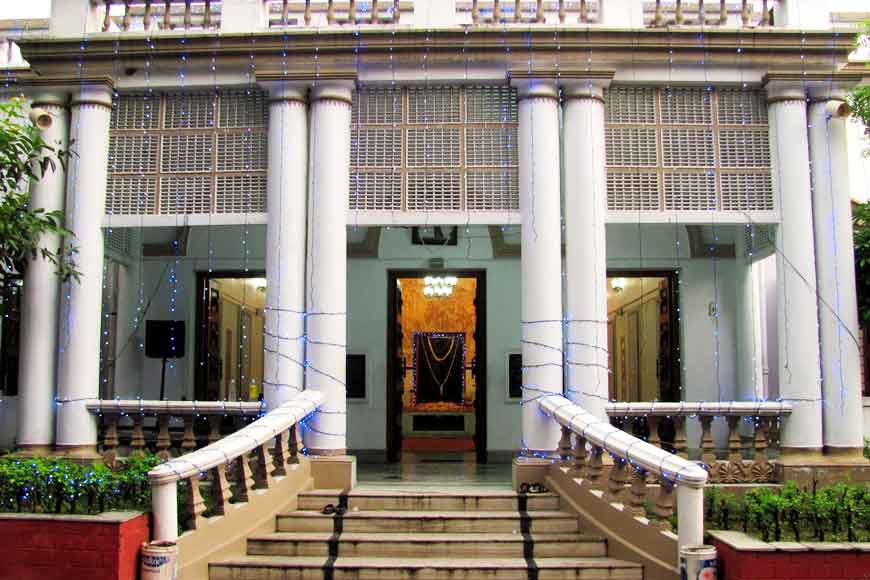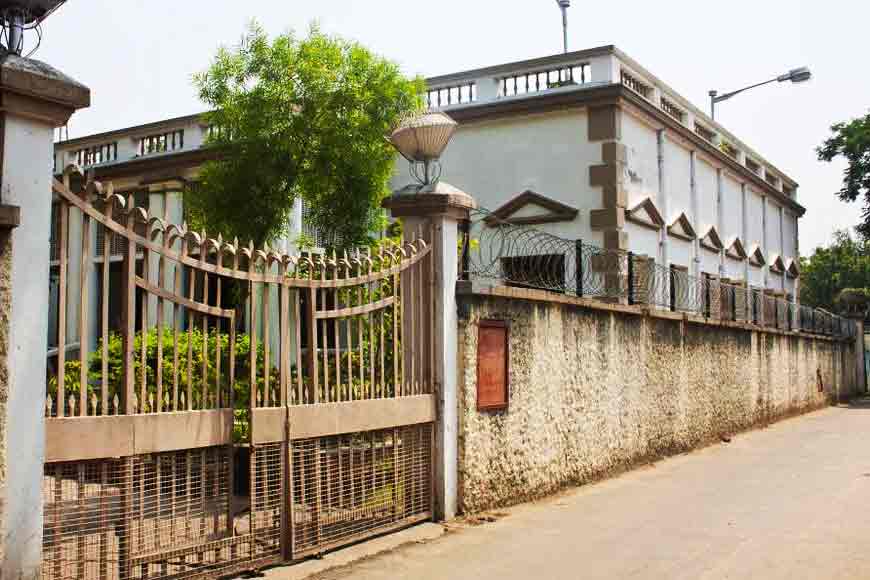Beliaghata Gandhi Bhavan: Epicentre of fight against communalism

Mahatma Gandhi launched the Quit India Movement on August 8, 1942 demanding an end to British rule in India. It was nearly five years later, on August 15, 1947, that India gained its independence but the price of freedom was one of the bloodiest chapter in the history of human sufferings. What followed was a period of absolute terror, which, by some estimates, saw more than a million killed, and over 14 million people forcibly relocated.
During this turbulent phase, Gandhi decided to come to Calcutta and stay at Hyderi Manzil, a rundown and virtually abandoned structure then at the heart of what was Mianbagan in Beliaghata. It was in one of Hyderi Manzil’s eight rooms, cleaned up to make it relatively habitable, that Mohandas Karamchand Gandhi spent the tumultuous period between August 13 and September 7, 1947. It was in this mansion that Gandhi personally brokered peace between Hindus and Muslims, fasting for 73 hours until key leaders of the warring groups had laid their arms down at his feet and sworn off communal violence on September 4. The building bears witness to a vital chapter of Indian history.
On August 15, 1947, as India won its freedom and the new nation celebrated its new dawn, Gandhi did not join the celebrations in New Delhi. “He was in Calcutta, where sectarian riots had disfigured life, even as bloody carnage had left hundreds of Hindus dead in East Bengal and Muslims, likewise, in Bihar. Gandhi described the day as meant for celebration but also for sorrow,” wrote his grandson and former Governor of West Bengal, Gopalkrishna Gandhi. “Calcutta broke into bloody riots within days of Independence. Gandhi fasted against the violence. The men who ransacked his dwelling almost killed him but his courage and lack of fear stayed their hand. Hindu and Muslim rioters cowered before Gandhi’s moral force.”

Hyderi Manzil witnessed everything that Gandhi did, including his morning walks with some of his dedicated followers to quell violence. The house with wooden louvres on the facade, was later renamed Gandhi Bhavan. The 400 square meter, single-storey, 19th-century structure built on a sprawling 1,000 square meter plot was presumably an outhouse surviving from a much larger property that members of the Dawoodi Bohra community from Surat had bought in Beliaghata in the middle of 19th century. In 1923, the property was bought by a Sheikh Adam and was later handed down to his daughter, Hoosainabadi Bengali.
Also read : The Hidden tale of Metropolitan Building
After Independence, the desolate property remained neglected. Purba Kolkata Gandhi Smarak Samiti had been maintaining Hyderi Manzil since the 1950s. But the battle to preserve Gandhi Bhavan was not an easy one. For years the property had been neglected because of its private ownership. The Kolkata Municipal Corporation acquired management control over the property in 1981. In 2007, a MoU was signed between the PWD and the Samiti and maintenance of the property was finally taken over by the PWD which paid salaries of the staffers and the electricity bill. Gandhi Bhavan hit headlines in 2011 when the United Bank of India issued a notice putting the property on auction. The bank claimed the property was mortgaged by the owners against a loan that remained unpaid. However, the auction was stalled and the state government stepped in to take possession of the structure. On October 2, 2018, state Chief Minister, Mamata Banerjee, declared Gandhi Bhavan a ‘heritage property.’ Former President of Indian, Pranab Mukhopadhyay extended a helping hand and renovation and beautification work was initiated. The government decided to acquire adjacent properties for this purpose. More rooms were added to the main building without changing the architectural style. A beautifully manicured garden was added to the front portion of the building.
After completion of work, Gandhi Bhavan was thrown open to the public on October 2, 2019, on the occasion of the 150th birth anniversary of Gandhiji. The museum depicts the various aspects of the life of the Father of the Nation. The Department of Information and Cultural Affairs, Government of West Bengal has converted Hyderi Manzil into the Gandhi Bhawan Museum. It bears the most prominent footprints of Gandhiji in Kolkata. Spread over 3, 500 sq ft, the permanent exhibition — Mohandas to Mahatma — has 41 story-line display panels where the life of Gandhiji is depicted in three sections. Letters, photographs, display panels and even graphics depicting different facets of Gandhiji’s life are on display.
The first section of the museum deals with Gandhiji’s education and early life in South Africa. This section has on display copies of his degree, a photograph of Gandhiji as a young cricket enthusiast, details about Phoenix Settlement, established by Gandhiji in 1904 in Durban, and










